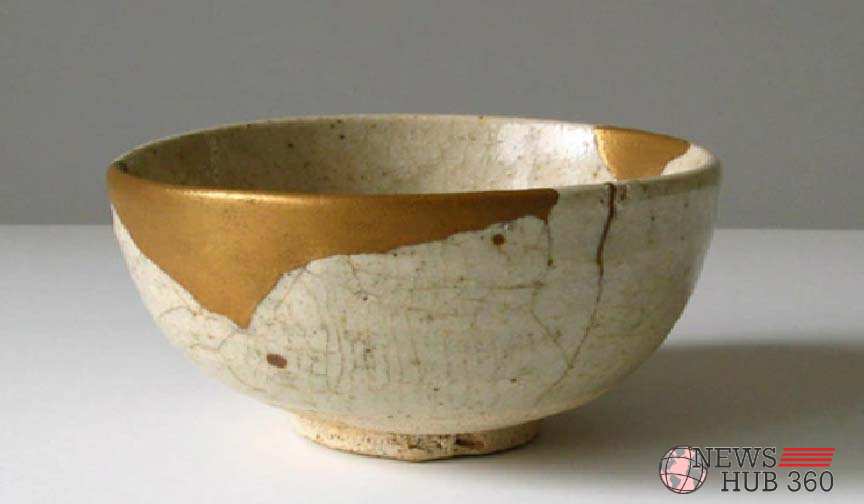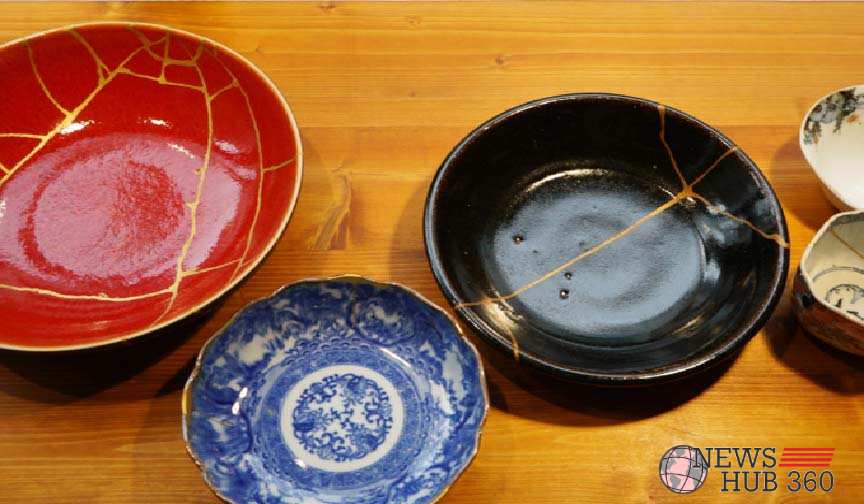Introduction
What comes to mind when you hear “broken and beautiful Japon”? For many, it evokes a sense of fragile elegance, where imperfection becomes a virtue. Rooted in Japanese culture, this phrase beautifully symbolizes resilience, growth, and the art of finding beauty in the incomplete or imperfect. Whether you’re a fan of Japanese aesthetics or simply curious about the deeper meanings in life, this concept will captivate you. Let’s dive into what makes “broken and beautiful Japon” an extraordinary narrative.
Professional Bio Table
| Aspect | Details | Significance |
|---|---|---|
| Wabi-Sabi Philosophy | Celebrates imperfection and impermanence | Reflects Japan’s cultural appreciation for simplicity |
| Kintsugi Art | Mending broken pottery with gold | A symbol of embracing flaws and creating uniqueness |
| Nature Connection | Cherry blossoms and their fleeting beauty | Symbolizes the transient nature of life |
| Historical Influence | Edo and Meiji eras shaped modern perspectives | Highlights cultural evolution |
| Modern Adaptations | Fashion and architecture inspired by broken art | Reflects a blend of tradition and innovation |
| Global Appeal | Western adoption of Japanese aesthetics | Demonstrates cultural exchange |
| Zen Gardens | Focus on asymmetry and tranquility | Connects aesthetics to mindfulness |
| Tea Ceremony | Ritual emphasizing simplicity and imperfection | Represents harmony and respect |
| Haiku Poetry | Embraces simplicity and transient moments | Captures profound ideas in few words |
| Sustainability | Reuse and repair as part of aesthetic philosophy | Promotes environmental consciousness |
Understanding “Broken and Beautiful Japon”
The Philosophy of Wabi-Sabi
At the heart of “broken and beautiful Japon” lies wabi-sabi, a centuries-old Japanese philosophy. Wabi-sabi emphasizes finding beauty in the imperfect, the transient, and the incomplete. Imagine a cracked teacup or a weathered wooden bench—rather than discarding them, wabi-sabi encourages us to treasure their history and flaws.
Kintsugi: Mending with Gold
A tangible representation of wabi-sabi is kintsugi, the Japanese art of repairing broken pottery with gold. Instead of hiding the cracks, kintsugi highlights them, turning damage into a feature. It’s a beautiful metaphor for resilience—our scars tell a story and make us stronger.
Nature as a Mirror
The fleeting beauty of cherry blossoms (sakura) epitomizes this philosophy. Each year, millions flock to witness their bloom, knowing they’ll last only a few days. It’s a powerful reminder of life’s impermanence and the importance of cherishing the present.
Cultural Expressions of Broken Beauty
Japanese Tea Ceremonies
Tea ceremonies in Japan are a masterclass in appreciating simplicity. Every element, from the mismatched pottery to the minimalist setup, aligns with the wabi-sabi philosophy.
Zen Gardens and Asymmetry
Zen gardens often feature asymmetrical designs, evoking tranquility and balance. The lack of perfection invites contemplation, teaching us to find peace amid life’s chaos.
Haiku Poetry: Brevity and Depth
Haikus—short, 17-syllable poems—capture fleeting moments with profound insight. Their minimalist structure mirrors the philosophy of valuing what’s simple and transient.
Modern Interpretations of “Broken and Beautiful Japon”

In Fashion
Japanese designers often incorporate wabi-sabi in their work, favoring distressed fabrics and asymmetrical designs. Global brands, too, have embraced this aesthetic, making it a fashion statement.
In Architecture
From traditional wooden homes to contemporary designs, Japanese architecture reflects a balance between functionality and imperfection. Materials like weathered wood and stone bring natural charm into modern spaces.
In Daily Life
The rise of minimalism worldwide owes much to Japanese principles. Decluttering, repurposing, and valuing what you already have align with the ethos of broken and beautiful Japon.
Lessons We Can Learn
Embrace Your Flaws
Much like kintsugi pottery, our scars and imperfections add to our uniqueness. Instead of hiding them, why not let them shine?
Find Beauty in Simplicity
In a world obsessed with perfection, “broken and beautiful Japon” reminds us to appreciate the little things. A chipped mug or an aging tree can hold more charm than we realize.
Live in the Moment
The fleeting nature of cherry blossoms teaches us to cherish every moment. After all, it’s the impermanence of things that makes them precious.
Conclusion
The concept of “broken and beautiful Japon” isn’t just an aesthetic—it’s a way of life. By embracing imperfections, cherishing simplicity, and celebrating resilience, we can find deeper meaning and joy in our everyday lives. Whether you’re mending a broken vase or navigating life’s challenges, remember: beauty lies in the broken.
FAQs
1. What does “broken and beautiful Japon” mean?
It refers to the Japanese philosophy of finding beauty in imperfection and impermanence, symbolized by concepts like wabi-sabi and practices like kintsugi.
2. How is kintsugi practiced?
Kintsugi involves repairing broken pottery with gold, highlighting the cracks as a unique feature rather than hiding them.
3. What are examples of wabi-sabi in daily life?
Examples include aged furniture, handmade pottery with imperfections, and the appreciation of natural, asymmetrical designs.
4. Why are cherry blossoms significant in Japanese culture?
Cherry blossoms symbolize the fleeting nature of life, reminding us to appreciate the present moment.
5. How can we apply “broken and beautiful Japon” in our lives?
By embracing our flaws, finding beauty in simplicity, and valuing what we have, we can live more meaningfully and mindfully.
MORE VISIT, Newshub360


